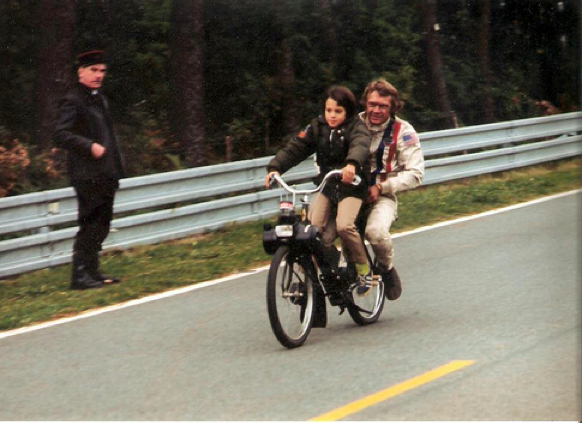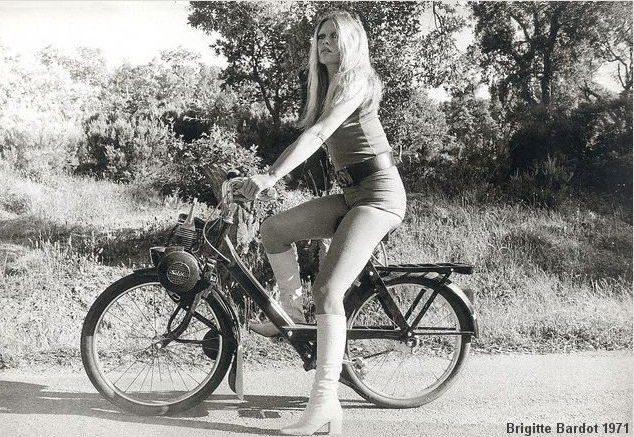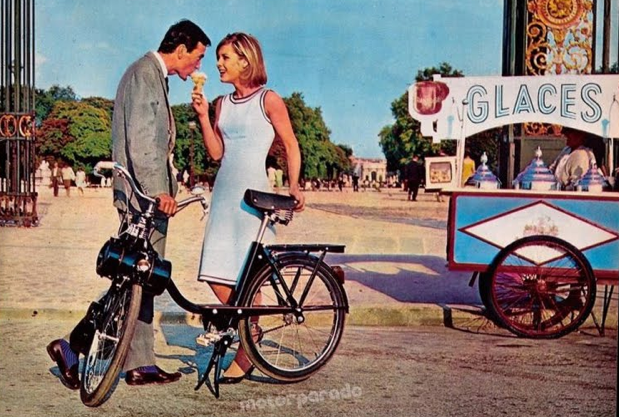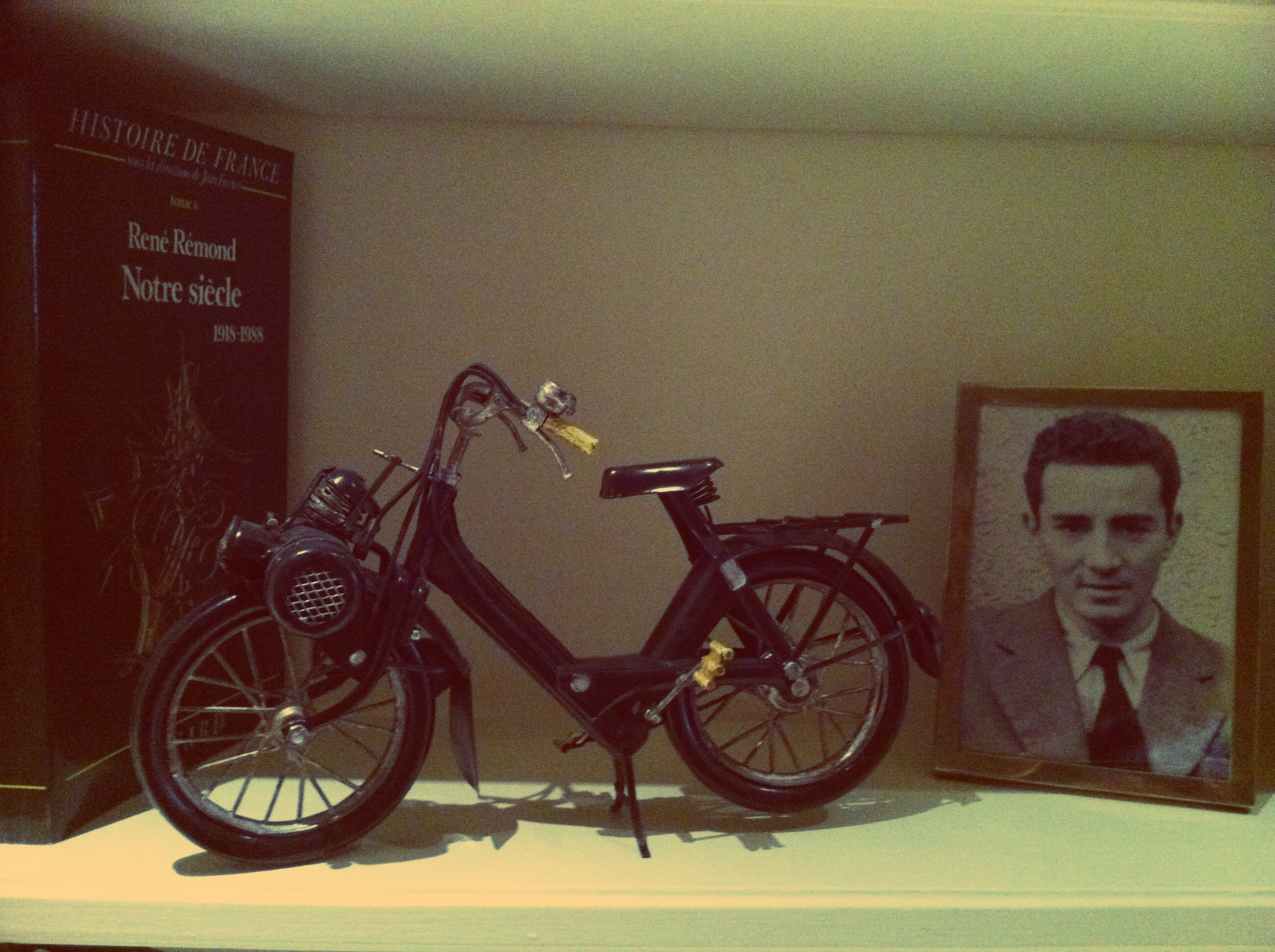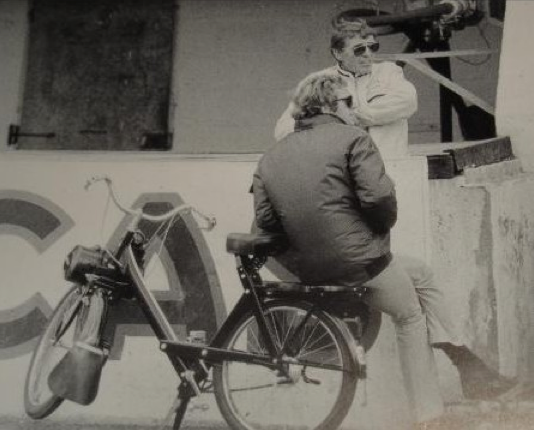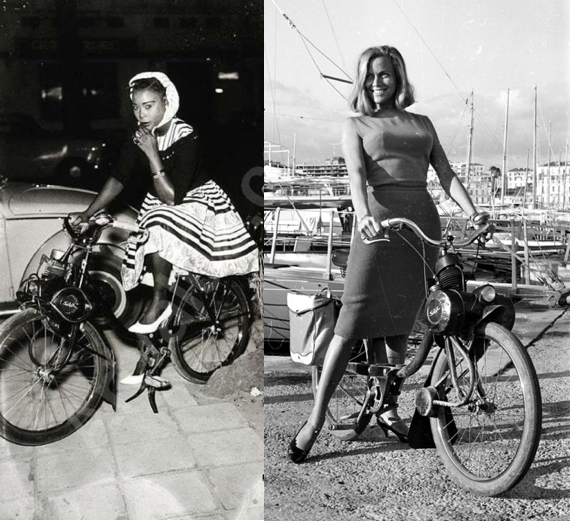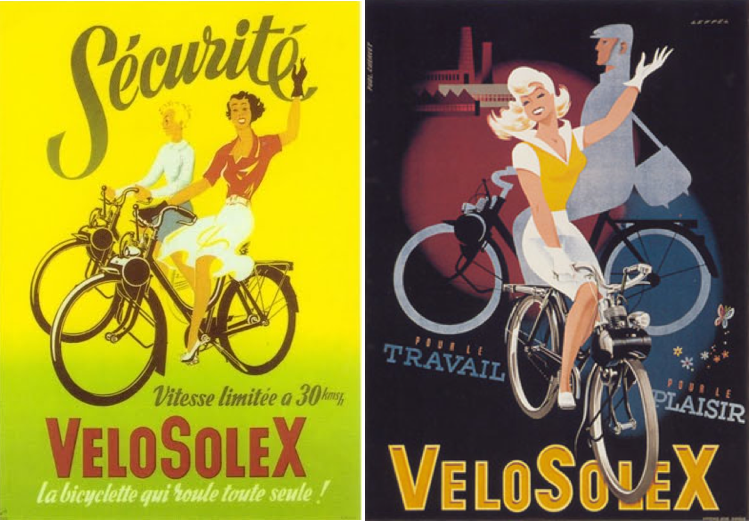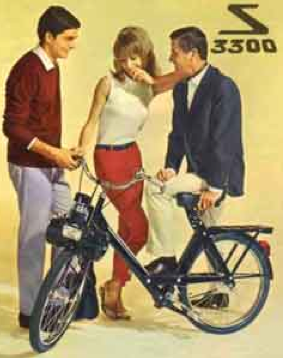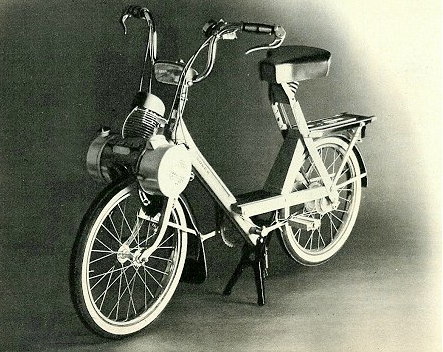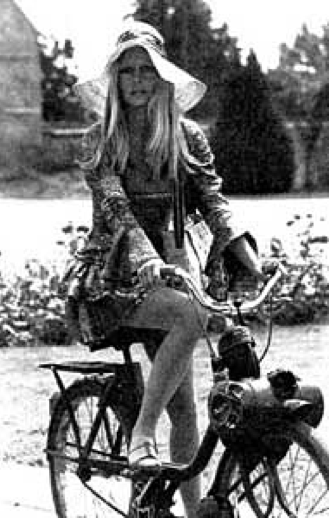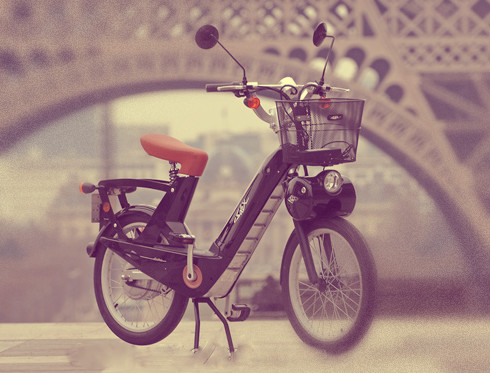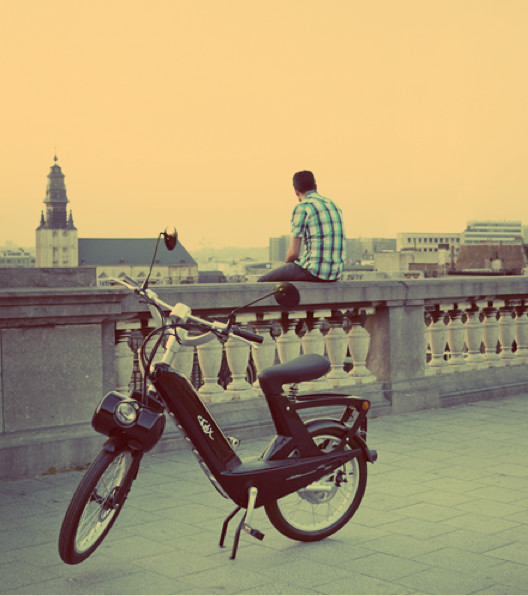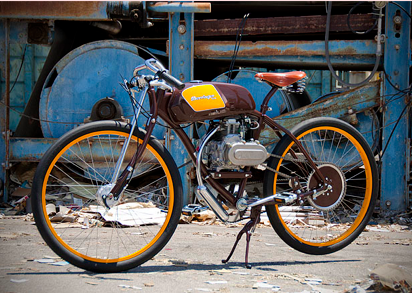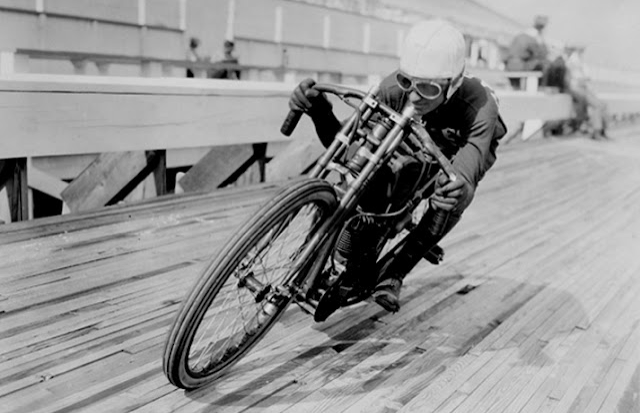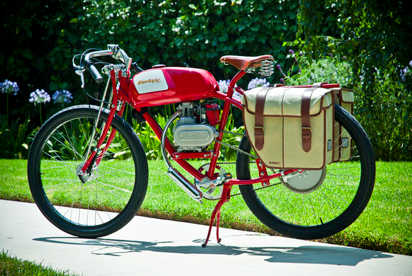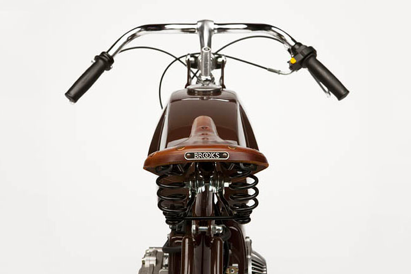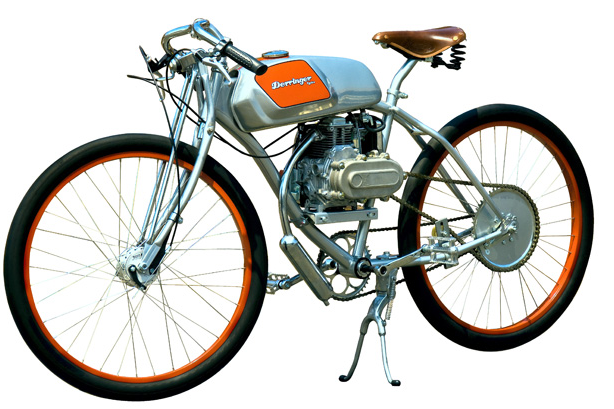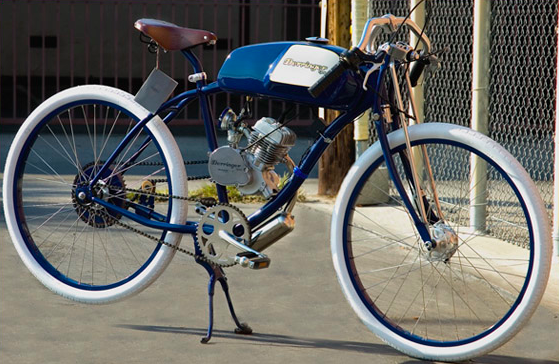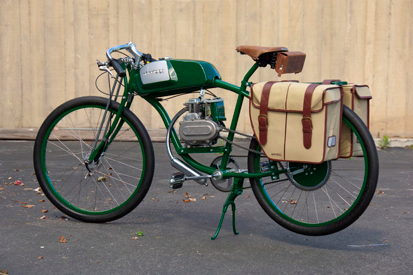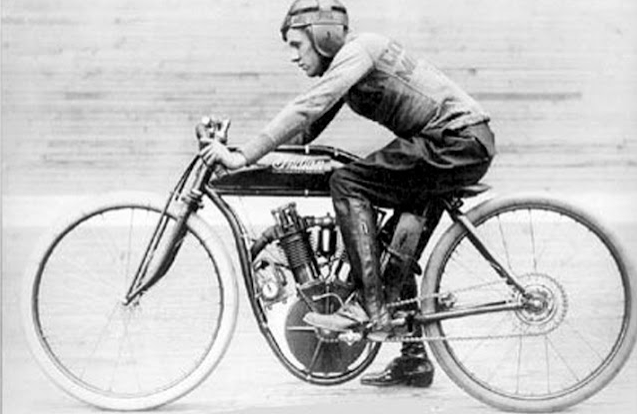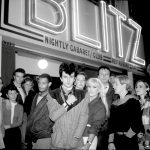It’s come that time for me in Paris when the charm of the metro has been replaced by lingering unpleasant smells, usually coming from the crazy people trying to approach me almost every time I use it. I think it’s a rite of passage that comes after living in Paris for over a year.
And so, my attention and slight jealousy naturally turns to all those Parisian girls, zipping down the boulevards on their retro-a-go-go mopeds, ponytails sticking out from underneath helmets, wildly flapping about in the the wind.
However, this will never be me. Over my mother’s dead body will I ever be one of those girls “riding on two wheels of death” as she calls it. In Paris, you are either one of two people: one that drives a scooter or one that thinks scooters are the most dangerous things ever invented.
There could be a loop hole however…
…
I remember the first time I saw it on the Boulevard Saint Germain being driven by an effortlessly stylish French girl with a brown leather satchel strapped to the back. My eyes glazed over. It was a bicycle– but it had a motor. It looked brand new– but it had a distinctly retro air about it.
I yanked on my boyfriends arm and pointed, “What is it?”
“Oh that? It’s a Solex.”
A Soolexxxx?! Wooow. And from that moment, my casual obsession began.
…
…
As it turns out, my nostalgic hunch had been right. My father had once spoken to us about a sort of powered bicycle he once owned in his youth.
“It had the power of a coffee-grinder but all the young people had one”, he remembered.
Later, for his birthday, I bought him a toy replica of his old Solex bike.
…
…
Although little-known and not the fastest of the bunch, the Solex is in fact a motoring legend and deserves a pretty important spot in the history of popular motorization. It was at one time a method of transport favored by movie stars such as Steve McQueen, Brigitte Bardot and Catherine Deneuve (pictured in the title image).
…
…
Conceived during the second world war by Frenchmen Marcel Mennesson and Maurice Goudard, the Solex was first marketed in 1946, when cars were just starting to make an appearance in Europe.
…
…
France was trying to rebuild itself in the bleak aftermath of the Second World War and needed an economic mode of transport that didn’t require too much energy. Unlike the new cars coming out, the Solex did just that, with prices lower than the minimum wage and a very low energy consumption. Italy may have had the Vespa but it was much more upmarket then and not nearly as affordable.
…
…
The original VéloSolex had a small 49cc motor mounted above the front wheel of a regular bicycle frame and had a speed limit of not much more than 30kph.
Selling over 8 million bikes, the Solex became an unexpected jewel of France’s post-war period, and a reflection of French development during the “The Glorious Thirty” years (Les Trente Glorieuses). With international success (marketed in 70 countries from 1959) Solex is a symbol of French cultural and industrial heritage.
…
…
‘And so you see Mum, with a Solex, not only would I be fulfilling the legacy of Dad’s youth, I’d be embracing my cultural heritage and awakening my French patriotism.’
It’s an argument in progress…
…
After the Solex founders died, the fate of the company begins to get a little hazy however, and in 1988 the manufacturing of Solex sadly ceased and ownership passed to other hands such as FIAT and Yamaha.
It wasn’t until 1993, that production resumed for almost a decade under a Hungarian company called Impex who bought all the original tools from Yamaha.
The ‘new’ Solex was not a replica but in fact an original 1946 model, the only difference being that it was fitted with a more current power unit. The simple engine was modified to a 49cc single-cylinder that ran on unleaded fuel and a tiny oil ratio of only 2-3% oil.
…
…
The bad news is that since 2002, Impex has ceased manufacturing the original Solex bikes as a result of debt from preceding management and eventually went into liquidation.
The good news is that this means the original Solex is now a bit of a rare collector’s item. And you know how much I love to have stuff that nobody else has.
I guess you could start looking on eBay or if you’re living in Paris, you can go to this garage MBK on Boulevard Saint Michel and buy & restore one for very little. An unrestored Solex can cost around 200 euros and maybe 150-200 euros to restore.
…
…
In 2005 however, a French group called CIBLE, repurchased the Solex and VeloSolex trademarks and announced partnership with Italian designer Pininfarina to make a new electric powered E-Solex, honoring its older brother in design.
And so this is the Solex as we know it today…
…
Here are the facts:
It’s an eco-friendly bike that runs up to 33 kPH and weighs approximately 35 kg (77 lb). The electric Motor functions without noise or gas emission on a lithium-ion battery that can provide power for approximately 30 km and be recharged within 3 hours at any standard electrical connector. Like the original model however, if you run out of juice or you want to get a bit of exercise going up that hill, you always have the option of just using the pedals like a normal bicycle. This is what I like most about the Solex– it’s dual purpose.
It retails at around 1150 euros or less depending on the model and costs next to nothing to insure. A license is not required to drive the e-Solex, however a protective helmet is.
…
…
It’s nice to see the story of the Solex, which started more than 60 years ago, continuing into the 21st century.
In a city like Paris, where there isn’t much emphasis on being particularly punctual (you know joie de vivre and all that), I think 30kph would suit me just fine. I could still zip through the horrific traffic jams that plague the city at rush hour; I could even technically stick to the designated pavement bicycle lanes to appease my poor mother.
And ofcourse most importantly anything Brigitte Bardot did … I must at least attempt.
…………………………………………………………………………………….
And something a little more racy for the boys…?
The fixie bike has seen its day and it never looked this cool anyway.
Enter Derringer bespoke cycles, whose inspiration comes from a deep admiration of the boardtrack racers of the 1920’s.
“Made at the intersection of nostalgia and adrenaline”, the Derringer is based on a dual chain set up, one chain is powered by a motor that will take it’s rider up to 180 miles on a single gallon of fuel, while the other is powered by a set of bicycle pedals and man power. The 50cc engine can zip you around town at around 35mph.
” For the discerning rider, it is the next generation motorbike.”



